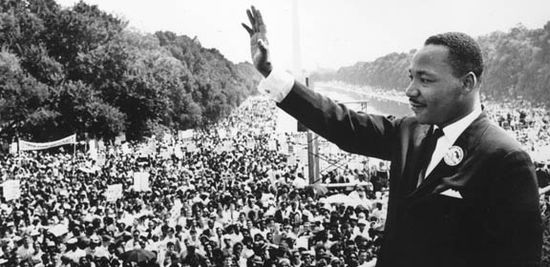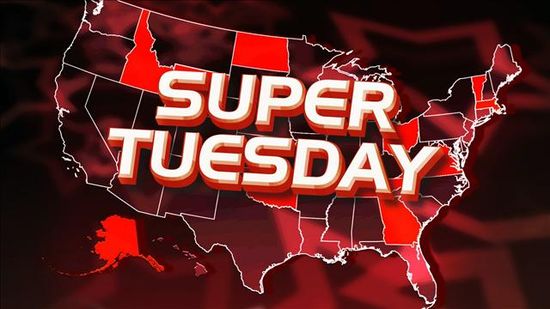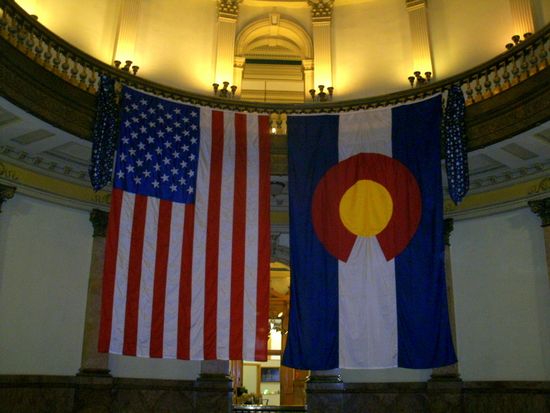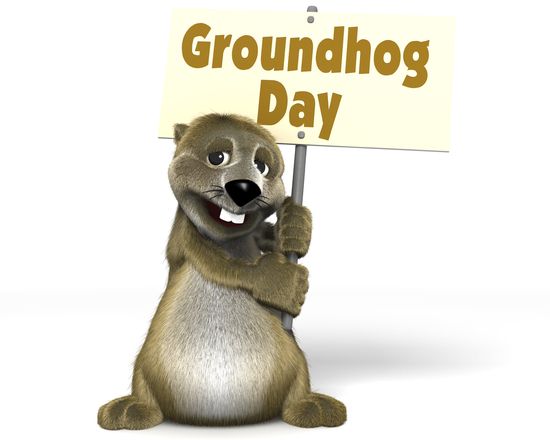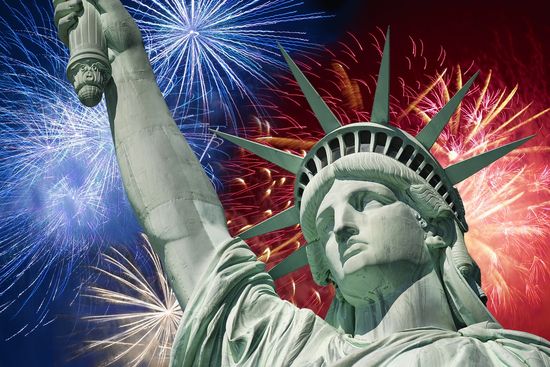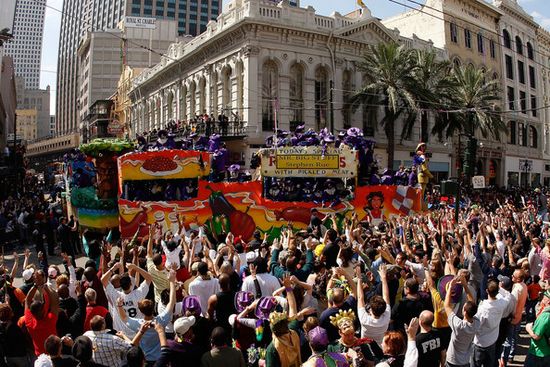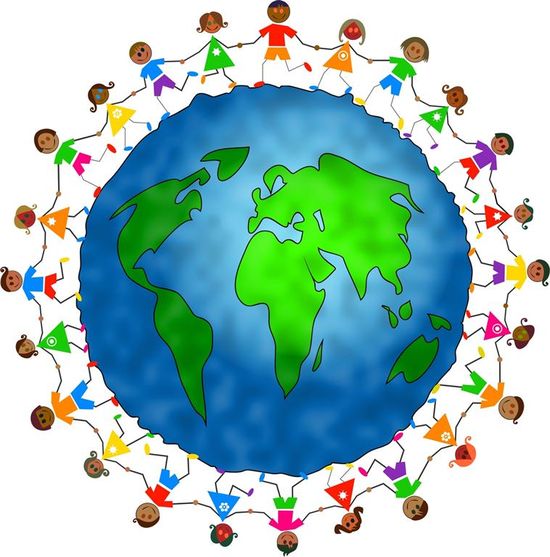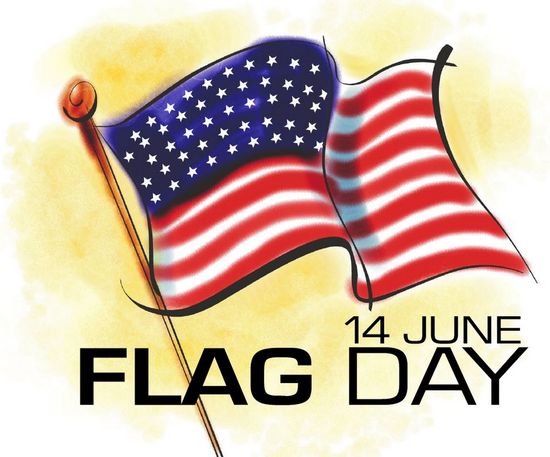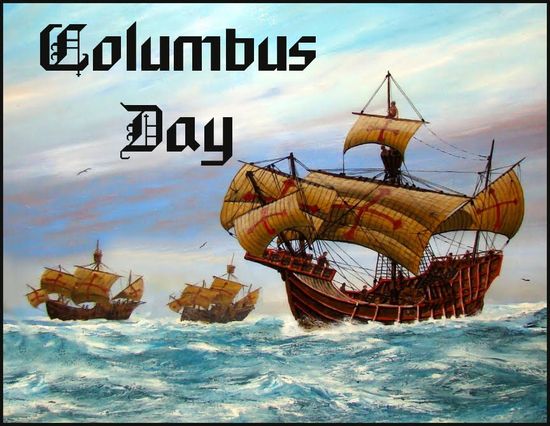Honoring Civil Rights Day
In 1957, President Dwight D. Eisenhower suggested that the United States government should form a group recognizing and addressing the issues of civil rights in a formal manner. The result was the formation of the United States Commission on Civil Rights.
Generally observed on the third Monday of January, along with Martin Luther King’s birthday, Civil Rights Day is a day to reflect on the dreams and aspirations of millions of Americans of different color, races, creeds and beliefs.
Civil rights are defined as specific rights as guaranteed by the United State’s Constitution, which are freedom of religion, freedom of speech and of the press, and the right to equal protection under the law, as well as due process. Since the end of the Civil War and the freeing of slaves after Lincoln’s Emancipation Proclamation, the search and drive for equal rights among Africa-Americans, Latinos, Asians and Native American’s has propelled America through several eras of growing pains and lessons gained from multiple public figureheads. The 1950’s and 1960’s saw an unprecedented number of moves within every geographical area within the United States, to recognize and address issues of equality between African-Americans, Asians and Latino citizens within around the country. Such men as Martin Luther King Jr., and César Chávez, as well as well as group movements such as the Black Panthers and the American Indian Movement has drawn much attention to the plight and inequality of many races within the United States.
The very first governmental legislation that sought to ensure the rights of former slaves were introduced and defined in the Civil Rights Acts of the 1800’s, which gave African-American males the right to vote and to own property. By 1870, the Fourteenth Amendment guaranteed ‘equal protection under the law to all persons (not only to citizens) within their jurisdictions’. David Souter, a Supreme Court Justice, said of the amendment, “it is the most significant structural provision adopted since the original Framing”. While the Amendment was not generally recognized and put into actual process in the 1950’s and 1960’s, it served as the basis for the prevention of racial segregation in public schools. Since the advent of civil rights movements of the 1960’s, Americans of different colors and beliefs today are able to enjoy freedoms that their ancestors never dreamed possible.
However, the United States of America is ‘dedicated to the proposition that all men are created equal…’ and even though it took years of struggle and sacrifice to attain current standards, America as a whole has grown in resources and ideology since then. Federal regulations drafted and implemented in the late 1950’s and early 1960’s saw individual states passing their own civil rights laws, and the era spawned the organization that is known today as the NAACP, the National Association for the Advancement of Colored People, as well as the Congress of Racial Equality and the Urban League.
The famous civil rights movements held during the 1960’s, mainly led by Dr. Martin Luther King Jr., are a part of America’s history and are recognized and remembered as a time of struggle, of changing attitudes and the breaking down of barriers that had separated races since the earliest colonial times. The Civil Rights Act of 1964 prohibited employers and businesses from discriminating against anyone because of the color of his or her skin, their beliefs, their ethnicity or their nation or origin. It ordered that public facilities be accessible to people of all colors and backgrounds, and did away with the idea of segregation.
Today, children of all races and colors play together on school playgrounds and join together in friendship and learning in campuses around the country. People of different races enjoy living side-by-side and learning from each other. Civil Rights Day is a day when the efforts and sacrifice of those who came before us paved the way to open relations and broke down barriers between those of different race, color and creed.
